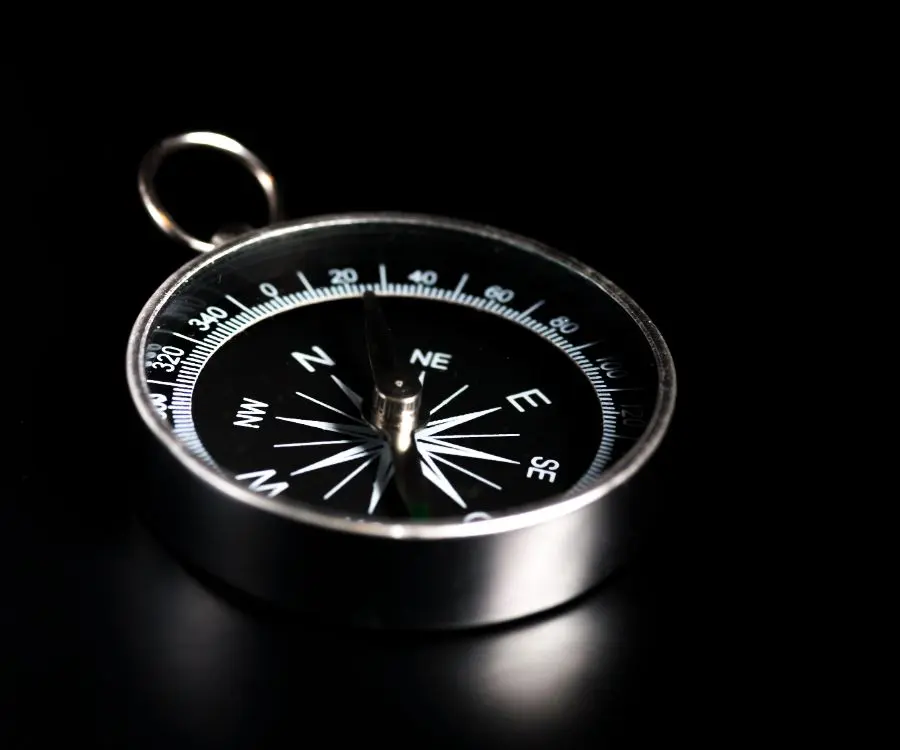
- Uncategorised

- News
LASIK vs. LASEK: What’s The Difference?

If you’re considering laser eye surgery, chances are you’ve heard of both LASIK and LASEK.
These are two of the most popular forms of laser vision correction, each offering distinct benefits for correcting nearsightedness, farsightedness, and astigmatism.
But what is the difference between LASIK and LASEK, and how do you choose which one is right for you?
Let’s unpack everything—from how they work to who they’re best suited for and what kind of recovery and results you can expect.
What is LASIK eye surgery?
LASIK stands for Laser-Assisted In Situ Keratomileusis.
It’s the most common form of refractive surgery and is well-known for quick results and minimal discomfort.
LASIK involves creating a thin flap on the cornea using a femtosecond laser.
This flap is gently lifted, and then an excimer laser is used to reshape the corneal layer underneath.
Once the reshaping is complete, the corneal flap is replaced, allowing it to begin healing naturally.
This laser procedure typically takes around 10 minutes per eye.
Visual improvement is often noticeable by the very next day, and the healing process is rapid; most patients return to normal activities within 24 to 48 hours.
It’s particularly appealing for individuals seeking a rapid recovery time and those whose eye anatomy is well-suited for the flap-based approach.
What is LASEK laser eye surgery?
LASEK stands for Laser-Assisted Sub-Epithelial Keratectomy, a type of surface laser treatment.
Unlike LASIK, LASEK eye surgery does not involve creating a corneal flap.
Instead, an alcohol solution is applied to loosen the corneal epithelium, the outermost surface layer.
This layer is carefully moved aside to allow the excimer laser to reshape the corneal tissue beneath.
After the laser work, the layer is smoothed back into place, and a soft protective contact lens is applied, acting like a bandage while your eye heals.
Because LASEK preserves more of the eye’s natural structure, it’s often the better choice for individuals with thin corneas, dry eyes, or those who participate in contact sports where flap complications could occur.
The main difference between LASIK and LASEK really comes down to this method of access to the corneal tissue.
How do the procedures compare?
Both LASIK and LASEK utilise laser technology to correct refractive errors, and both achieve excellent outcomes; however, the experience during and after the procedures can differ significantly.
LASIK surgery is faster to recover from.
Most patients experience minimal discomfort and see clearly the next day.
However, because it involves creating a thin protective flap, there is a slightly higher risk of corneal flap complications, especially in environments with physical impact or trauma.
On the other hand, LASEK treatment has a slightly longer healing process.
It may take up to a week for your vision to fully stabilise, and the first few days can be accompanied by increased sensitivity or discomfort.
However, LASEK preserves the corneal nerves and avoids using a corneal flap altogether, which may be beneficial for certain patients in terms of long-term eye health.
Who is each one best for?
When choosing between LASIK and LASEK, the most appropriate method for prospective patients depends entirely on your eye health and lifestyle.
A LASIK procedure is often recommended for those with a thicker cornea, no pre-existing medical conditions affecting the eyes, and a desire for the fastest possible recovery.
It’s also a solid option for those seeking convenience, minimal downtime, and rapid results.
LASEK is better suited for people with thinner corneas or jobs and hobbies that carry a higher risk of eye trauma.
If you’ve ever been told you’re not a candidate for LASIK, LASEK might be a safe and effective alternative. It’s also often the go-to for those at greater risk of dry eyes, as the nerves responsible for tear production remain more intact during LASEK procedures.
Are the results the same?
Yes. Whether you go for LASIK or LASEK, the result is generally the same: better vision
. Both procedures have incredibly high success rates, with most patients achieving 6/6 or 6/7.5 vision, often referred to as 20/20 vision, or even better.
Studies show that upwards of 95 per cent of patients are satisfied with their laser eye surgery outcome, no matter which option they choose.
Ready for laser eye surgery?
The first step is to book an initial consultation with a qualified laser eye surgeon.
At Laser Vision, our team of medical professionals will conduct detailed scans of your eyes, assess your overall eye health, and discuss your vision goals.
This helps us determine whether LASIK treatment or LASEK surgery is proper for you, and ensures you’re a good candidate for long-term success.
We’ll discuss your lifestyle, any pre-existing medical conditions, and the recovery process you’re comfortable with. You’ll walk away from your consultation with all the information you need to make an informed decision.
So, whether you need LASIK or LASEK, you’ll be in safe hands with the experts at Laser Vision.
Reviews








